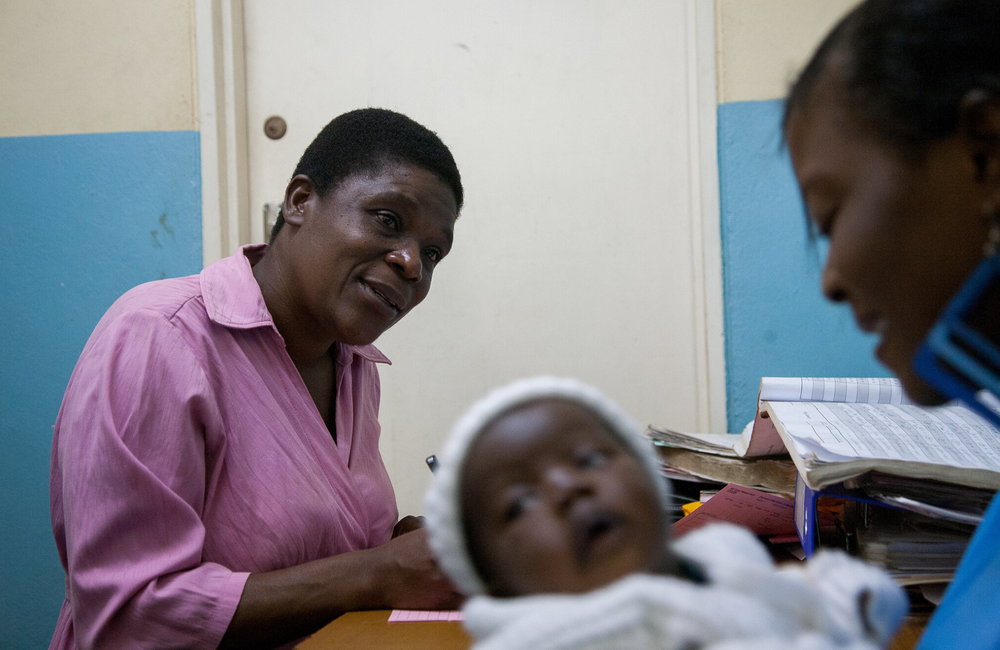
An enormous quantity of important and fascinating HIV research is presented each year at the Conference on Retroviruses and Opportunistic Infections (CROI). We have published almost 40 news articles from this year’s conference.
As it is hard for anyone to keep up, here is a round-up of the news on HIV treatment in pregnancy, preventing vertical transmission and paediatric HIV from the conference.
Women starting dolutegravir-based treatment in the second trimester of pregnancy are more likely to have an undetectable viral load at delivery than women starting with efavirenz. The risk of preterm delivery, low birthweight, stillbirth or neonatal death was also lower, providing support for dolutegravir in pregnancy.
However, dolutegravir-based regimens are associated with significantly more weight gain in the year after giving birth than efavirenz-based regimens. One study found that although women gained more weight on dolutegravir, they gained no more weight than HIV-negative women of a similar age, suggesting that efavirenz may limit weight gain.
A universal ‘test and treat’ strategy more than halved vertical transmission compared to the standard of care. The SEARCH study in Kenya and Uganda also found an improvement in HIV-free survival for infants three years after birth.
In the two years after birth, referring South African women with HIV to an adherence club resulted in a 30% reduction in high viral load compared to women who continued with facility-based care. The adherence club is a community based model with less frequent visits.
Two studies came to contrasting conclusions about using point-of-care assays for early infant diagnosis. A randomised trial in Zambia found that it did not lead to improved rates of paediatric viral suppression at 12 months. In contrast, a cost-effectiveness analysis from Zimbabwe found that point-of-care early infant diagnosis represented a more efficient use of healthcare resources than laboratory-based testing.
A four-year-old child who acquired HIV during gestation, started antiretroviral therapy within two days after birth and stopped a year later has now been in sustained remission for three years after stopping treatment.
While there is currently no approved dose of abacavir for new-born infants, a weight-based dose was safe and effective in a South African study. A second study supported the doubling of the dose of dolutegravir for children with HIV/TB co-infection who are taking rifampicin.
HIV-related chronic lung disease remains common in children and adolescents in African countries, but a study showed that a weekly dose of the antibiotic azithromycin reduced morbidity, hospitalisations and acute respiratory exacerbations.
A third of adolescents and young people living with HIV in Kenya are not virally suppressed. The data come from HIV clinics across the country and show that clinics with designated adolescent spaces and a faster turnaround time for viral load results had better outcomes.
Full image credit: 'Community Health Workers Working with HIV-infected Mothers'. Baylor College of Medicine Children's Foundation–Malawi / Robbie Flick / USAID. Available at www.flickr.com/photos/46658241@N06/14742507940 under a Creative Commons licence CC BY-NC-ND 2.0.
